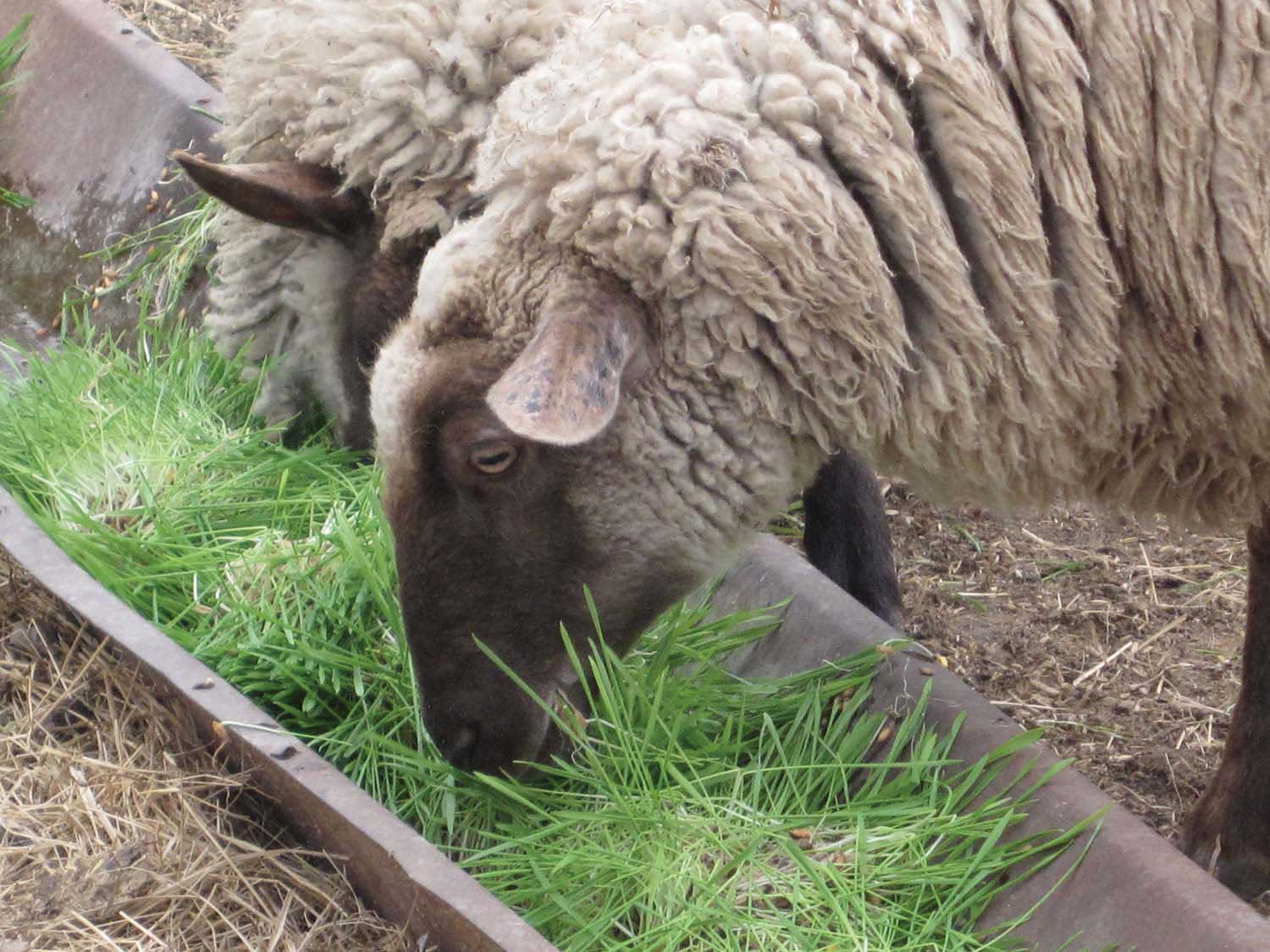The project is to establish a farm for fodder production and sheep breeding on an area of 50 thousand square meters divided into different areas and units.

The project is to establish a farm for fodder production and sheep breeding on an area of 50 thousand square meters, divided into different areas and units. The following is the cultivation of green fodder and palm trees on an area of 16,500 square meters, and the cultivation of field crops of wheat and corn of both types on an area of 10,000 square meters. Greenhouses will also be built on an area of 10,000 square meters to grow tomatoes, peppers and cucumbers, and to raise and fatten sheep on an area of 3,000 square meters. By purchasing 300 sheep (10 males, the rest females). A fish farming farm will also be established on an area of 1,000 square meters. A private residence will be established on an area of 500 square meters, and housing for workers and farm management on an area of 400 square meters. Stores for seeds, fertilizers, fodder and pesticides, as well as cold stores and sorting of farm products will be established on a total area of 850 square meters. There will also be a workshop and a warehouse for machinery on an area of 800 square meters. The farm project is considered one of the profitable projects due to the high need for it in the food basket. The project is also distinguished by the production of multiple products, and this is a great source of strength for the farm project because the farm products are important and indispensable products that are consumed continuously. These products will be produced by using the best agricultural machines and the best types of seeds and seedlings to produce high-quality products.



Executive Summary
Study of project services/products
Market size study.
Risk assessment study.

The Kingdom of Saudi Arabia has given significant importance to the agricultural sector over the past five years, particularly following the launch of Vision 2030. Through this initiative, Saudi Arabia aimed to capitalize on available opportunities and resources to build a strong and sustainable economy.
As a result of its continuous efforts, the agricultural landscape has expanded, crop production has increased, and the number of livestock and fish yields have risen. This progress has contributed to enhancing food security and meeting the nutritional needs of citizens.
Because “Mashroo3k”, a consultancy firm specializing in economic advisory and market research, values keeping its clients informed about key industry trends, it presents here some relevant data. These insights serve as a valuable guide for those interested in investing in this vital sector.
